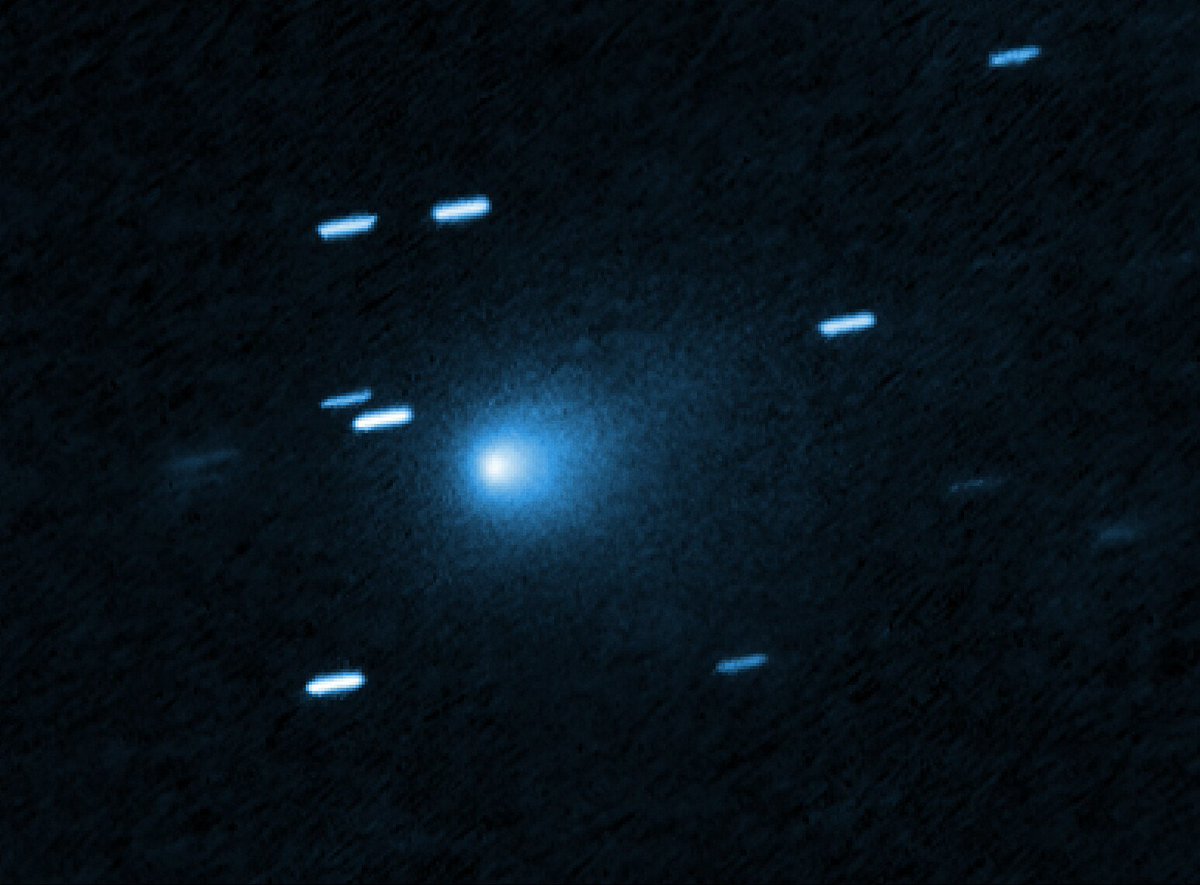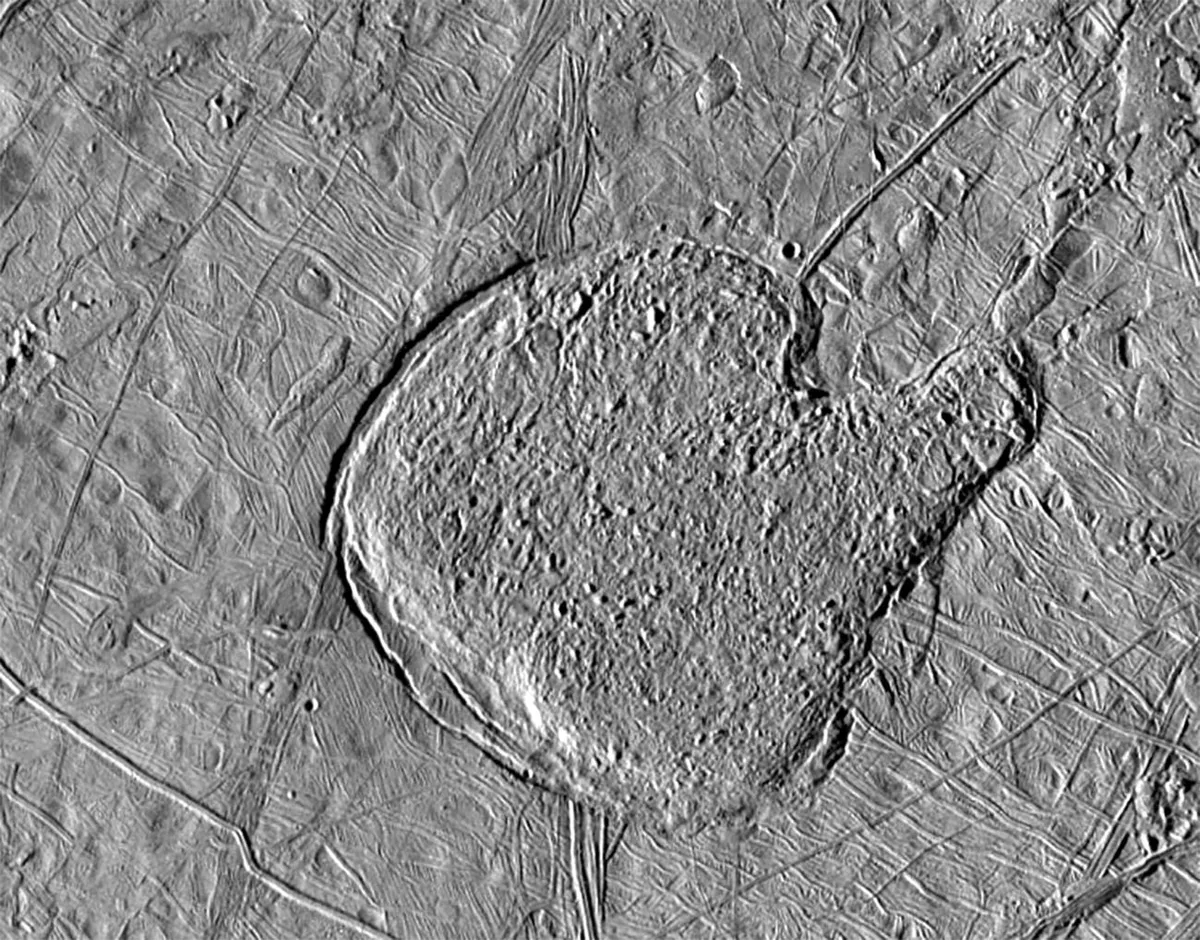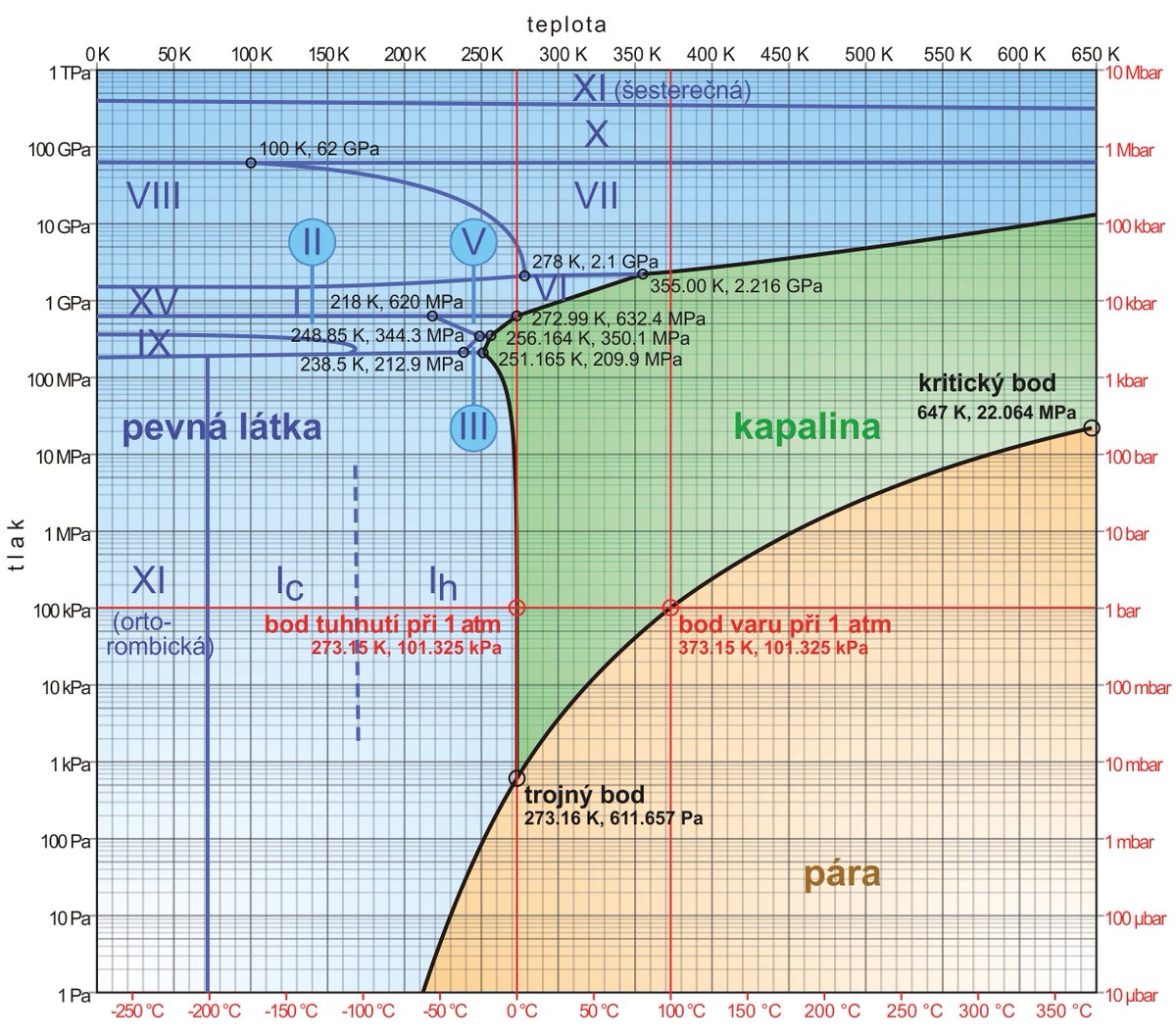1/14 Hohoho! Our new paper about sedimentary volcanism on #Mars is out! You can read it on @jgrplanets (goo.gl/RJhi1h), but if you don’t have time, here is the thread summarizing our main findings. 

2/14 Ever since the presence of #methane in the Martian #atmosphere was reported from ground‐based, orbital, and in situ observations, #mud volcanism was hypothesized to be a possible release mechanism, and various mud #volcano fields have been tentatively identified. 

3/14 Although morphological similarities with #Earth sedimentary volcanism have been proposed, it’s difficult to prove unambiguously presence of mud volcanoes in remote sensing data, and some of the reported mud volcanoes have alternatively been interpreted as #igneous volcanoes. 

4/14 A definitive identification of sedimentary volcanoes on Mars is therefore still problematic.
5/14 A useful candidate area to test the hypothesis of sedimentary volcanism on Mars is a field of kilometer‐sized cone‐ and pie‐like landforms in the southern part of the large ancient #Chryse impact basin. (image per NASA) 

6/14 The southern part of the smooth plain of #Chryse Planitia on Mars hosts a large population of kilometer‐sized (from ~0.2 to ~20 km) landforms spread over a wide area which part was previously studied by Komatsu et al. (2016, image below from this paper) 

7/14 Based on the investigation of a small part of this area, Komatsu and co‐workers [2016] proposed that the edifices may be the result of the subsurface sediment mobilization. (again, image below is from Komatsu's paper) 

8/14 We mapped the full extent of these landforms within Chryse Planitia and performed a morphological and spatial analysis in an attempt to further test this hypothesis. 

9/14 We identified a total number of 1318 of these objects, which we grouped into five different morphological classes. 

10/14 The edifices can be observed over an area of 700,000 km2 near the termini of the large outflow channels, Ares, Simud and Tiu Valles, with a non‐random spatial distribution.
11/14 The features are clustered and anticorrelated to ancient highlands, which form erosional remnants shaped by the outflow events. This suggests a genetic link between the distribution of the edifices and the presence of the sedimentary deposits on which they are superposed. 

12/14 Such distribution is consistent with the previous notion that subsurface sediment mobilization may be the mechanism for their formation and is less consistent with the alternative igneous volcanic hypothesis.
13/14 We also propose a scenario in which the large morphologic variability can be explained by variations of the water content within the ascending mud, and by variations in the effusion rates. 

14/14 The edifices may represent one of the most prominent fields of sedimentary volcanism detected on Mars. So if @NASA, @esascience or @elonmusk (via #SpaceX) have sparse #rover, this may be very good place where to send it :)
#letsgotoMars!
#letsgotoMars!

Is here someone who would like to introduce our finding to public? What about @SPACEdotcom, @elakdawalla, @universetoday, @SciGuySpace, @spacemike or @bencredible + @jaredhead from @tmro :) ? (would be happy if you can mark those of your colleagues which may be interested :) )
• • •
Missing some Tweet in this thread? You can try to
force a refresh


















